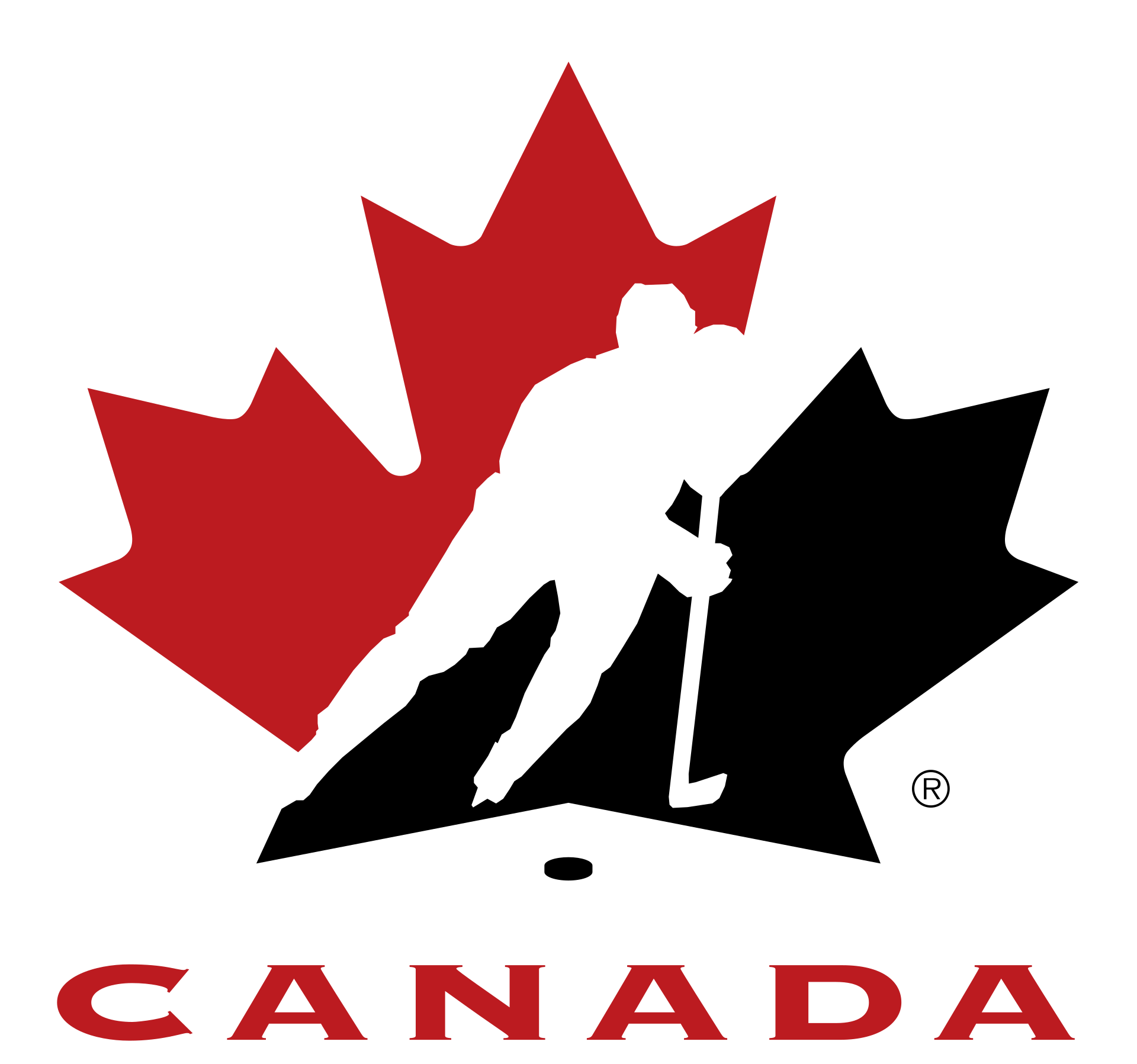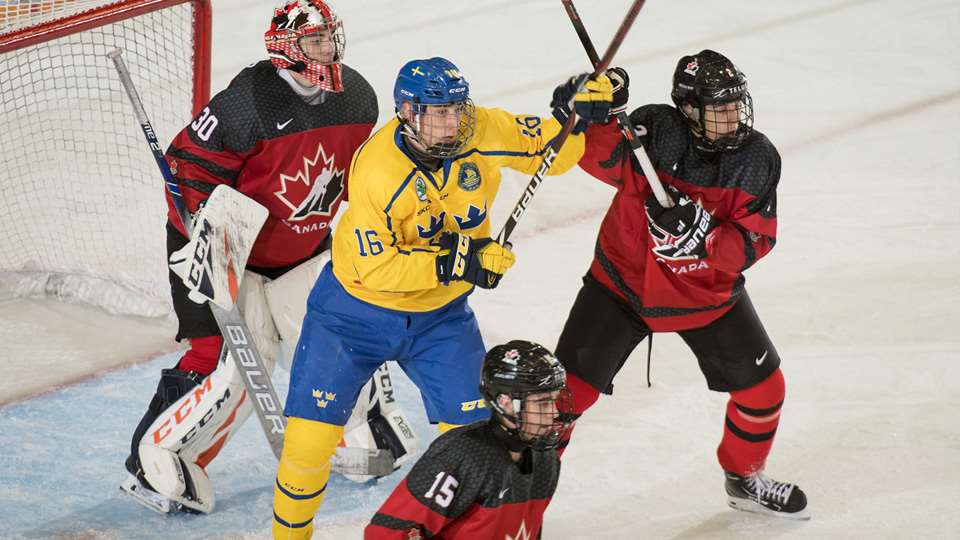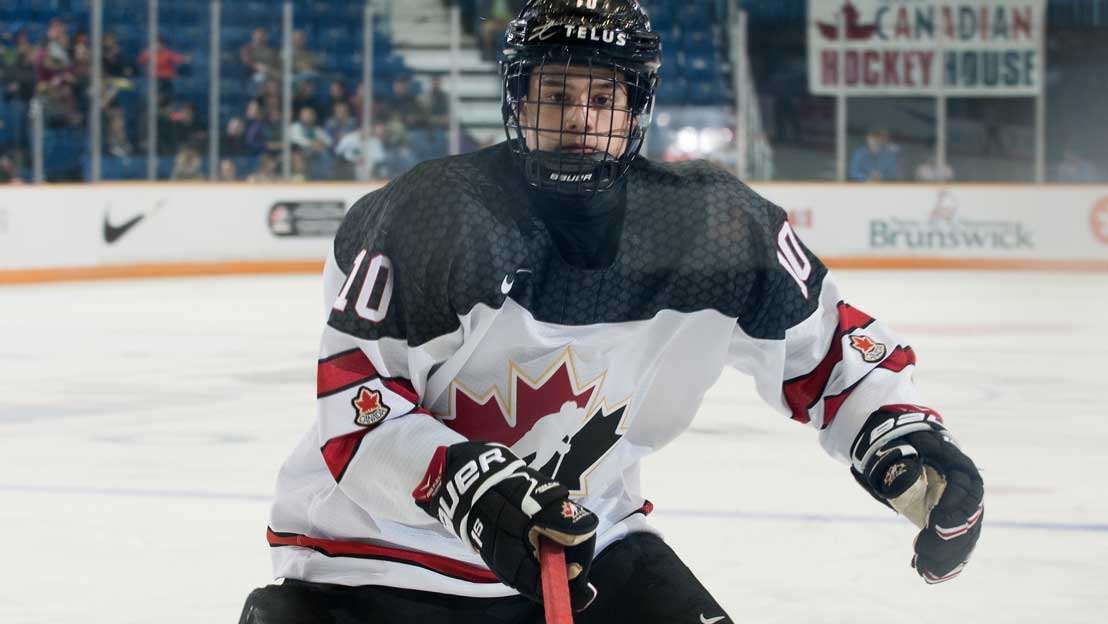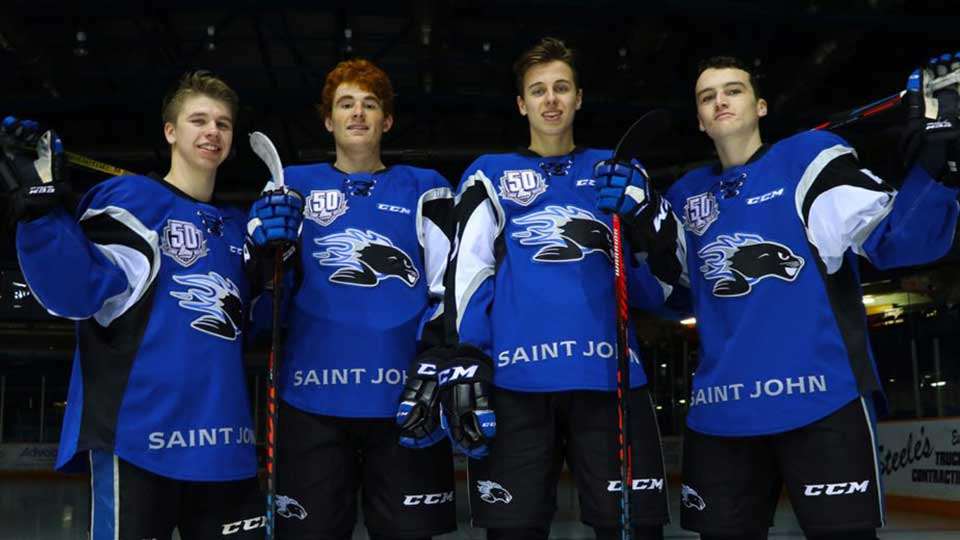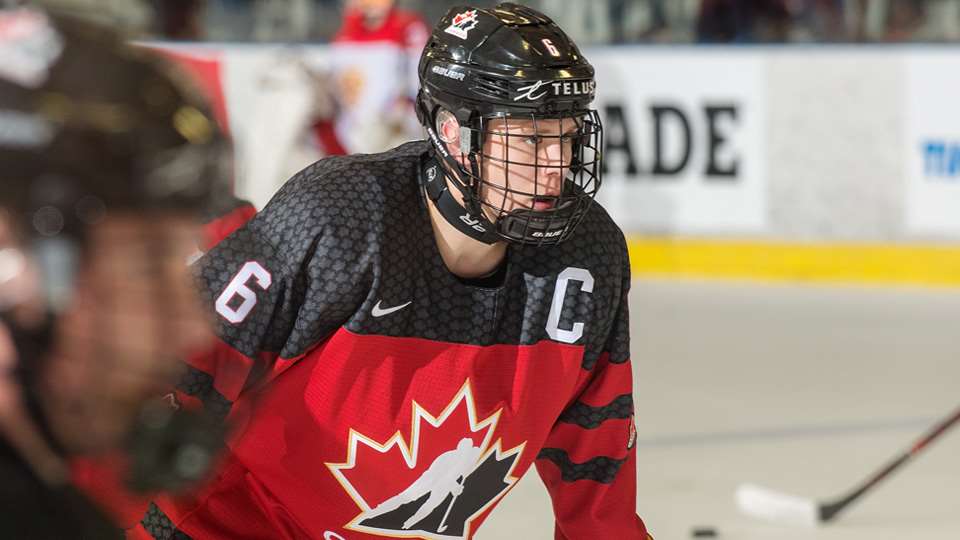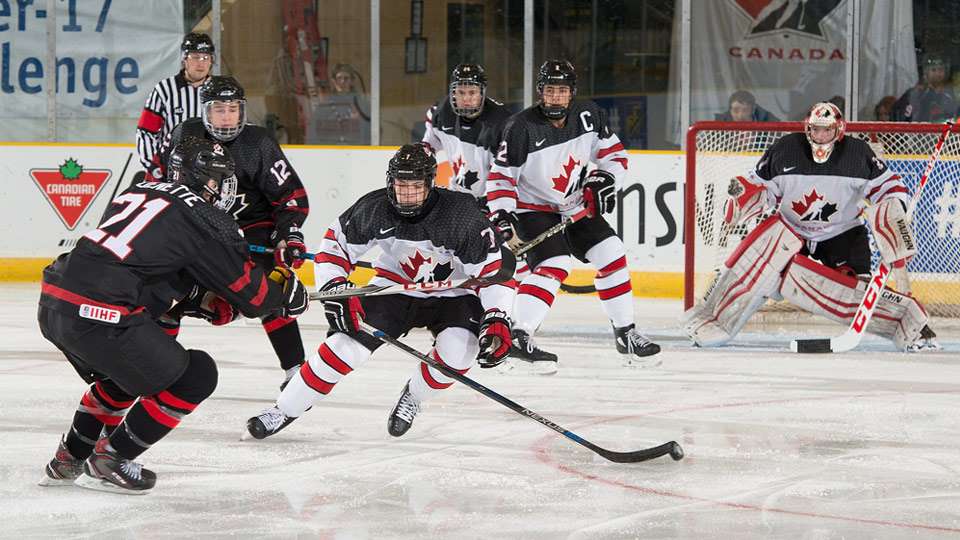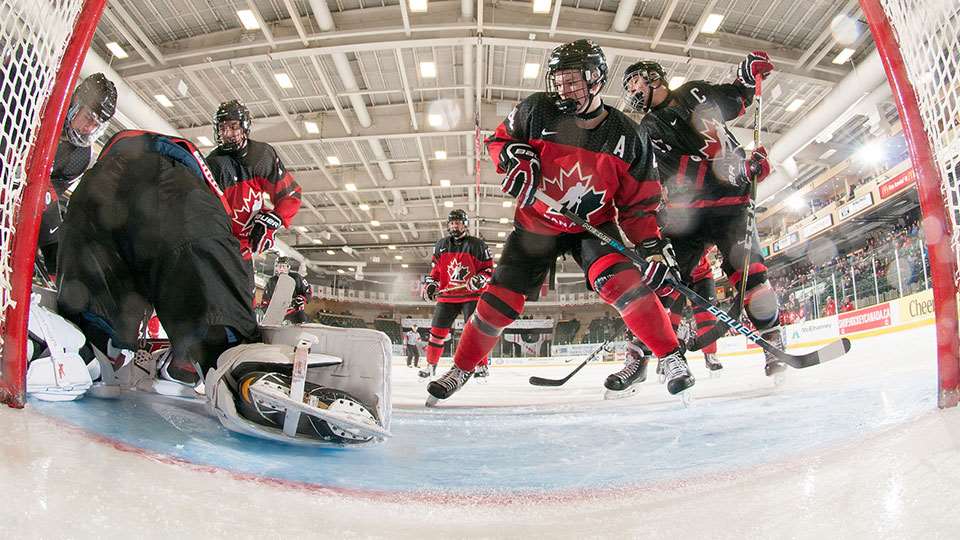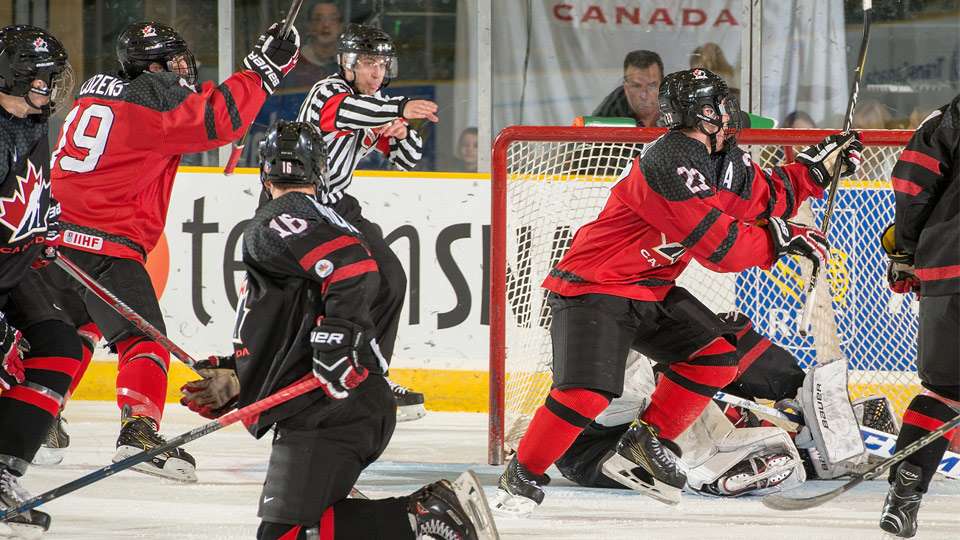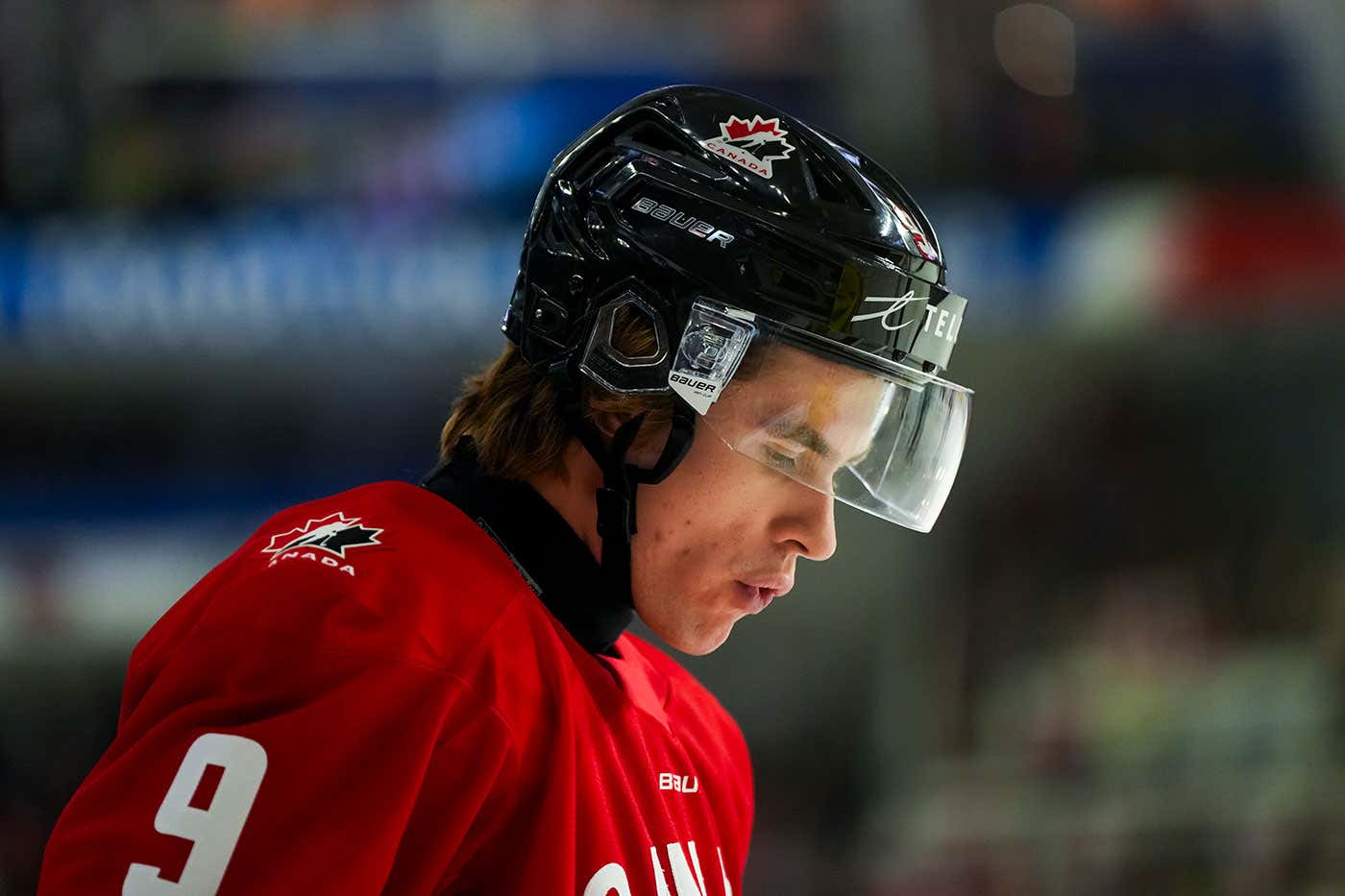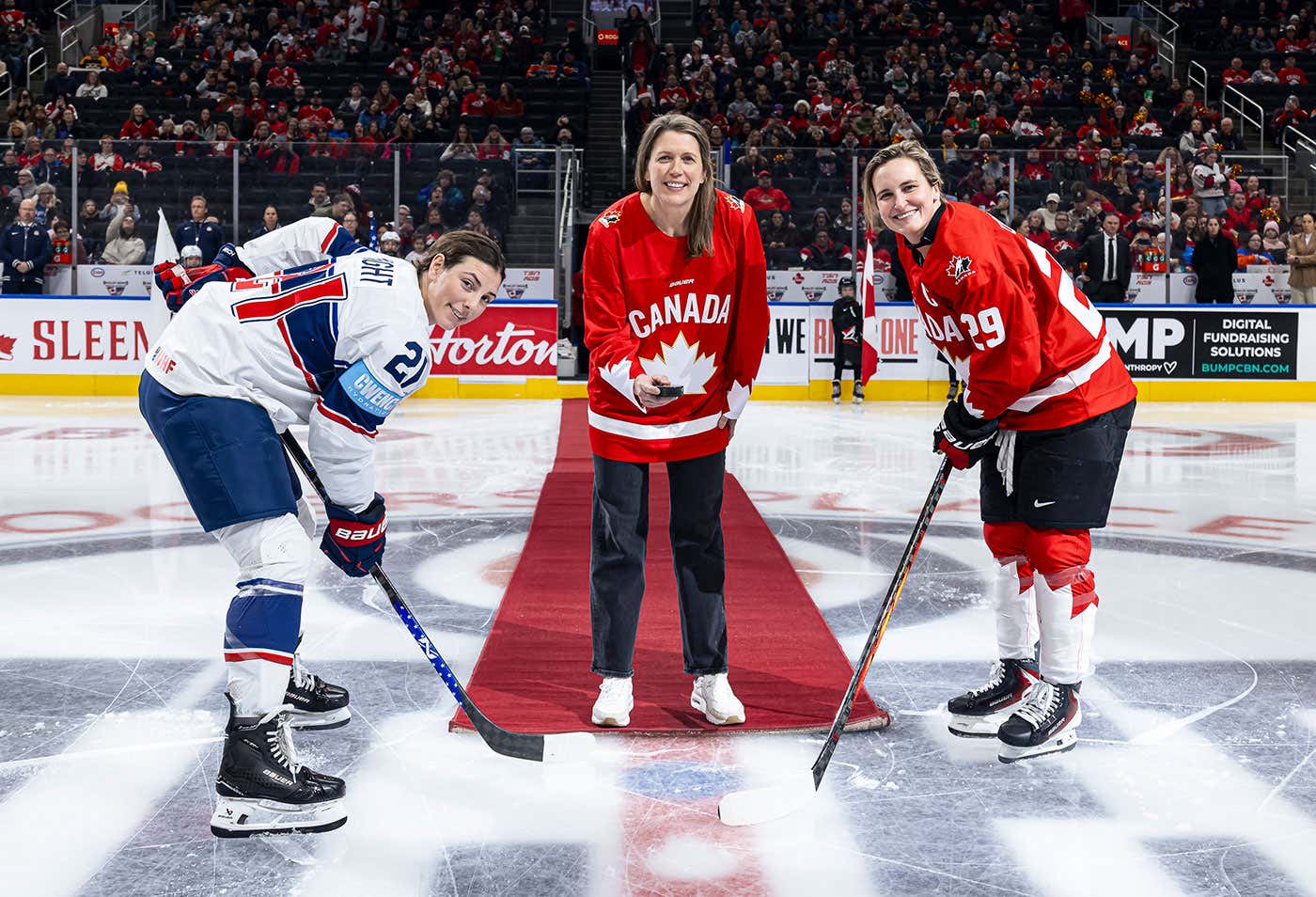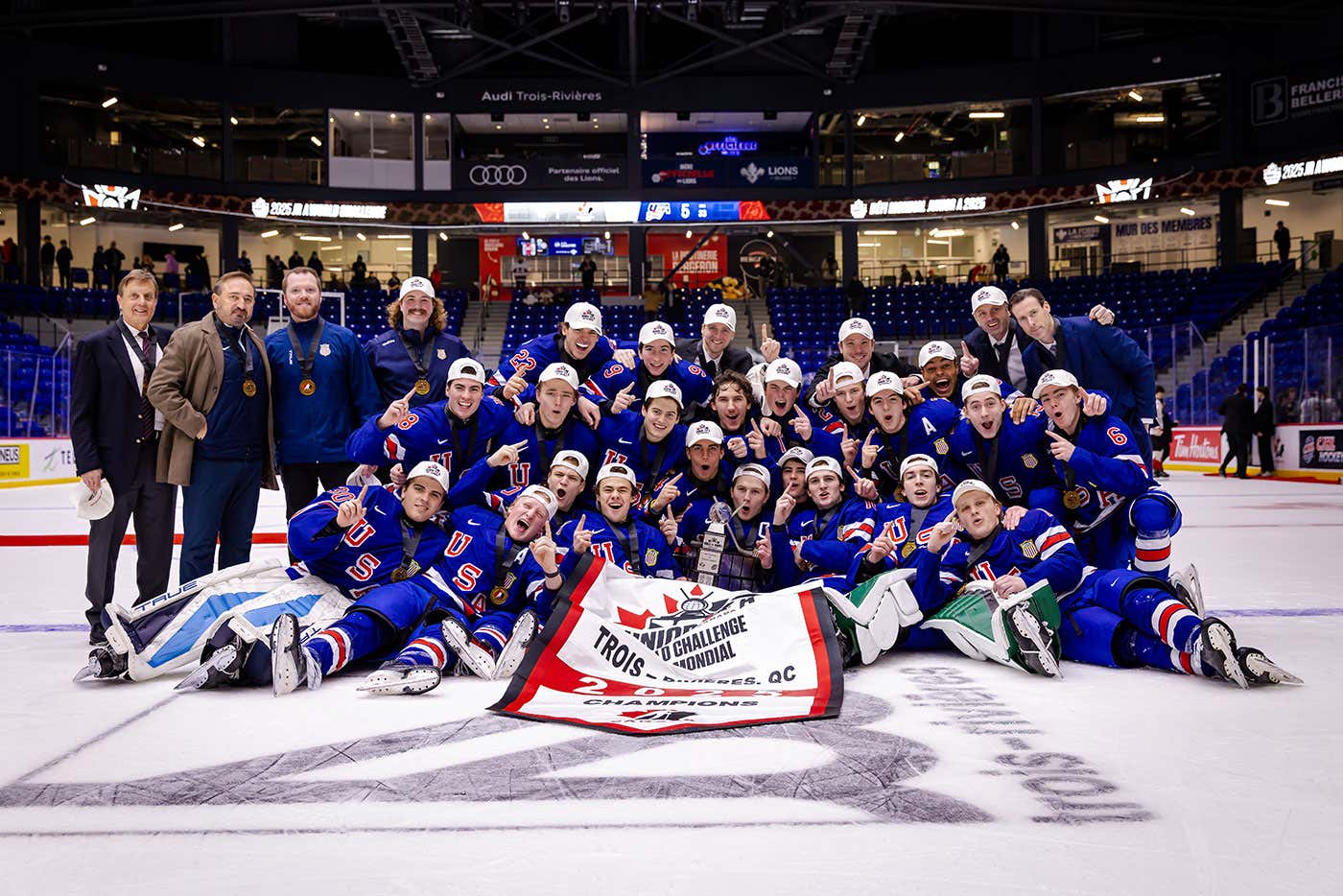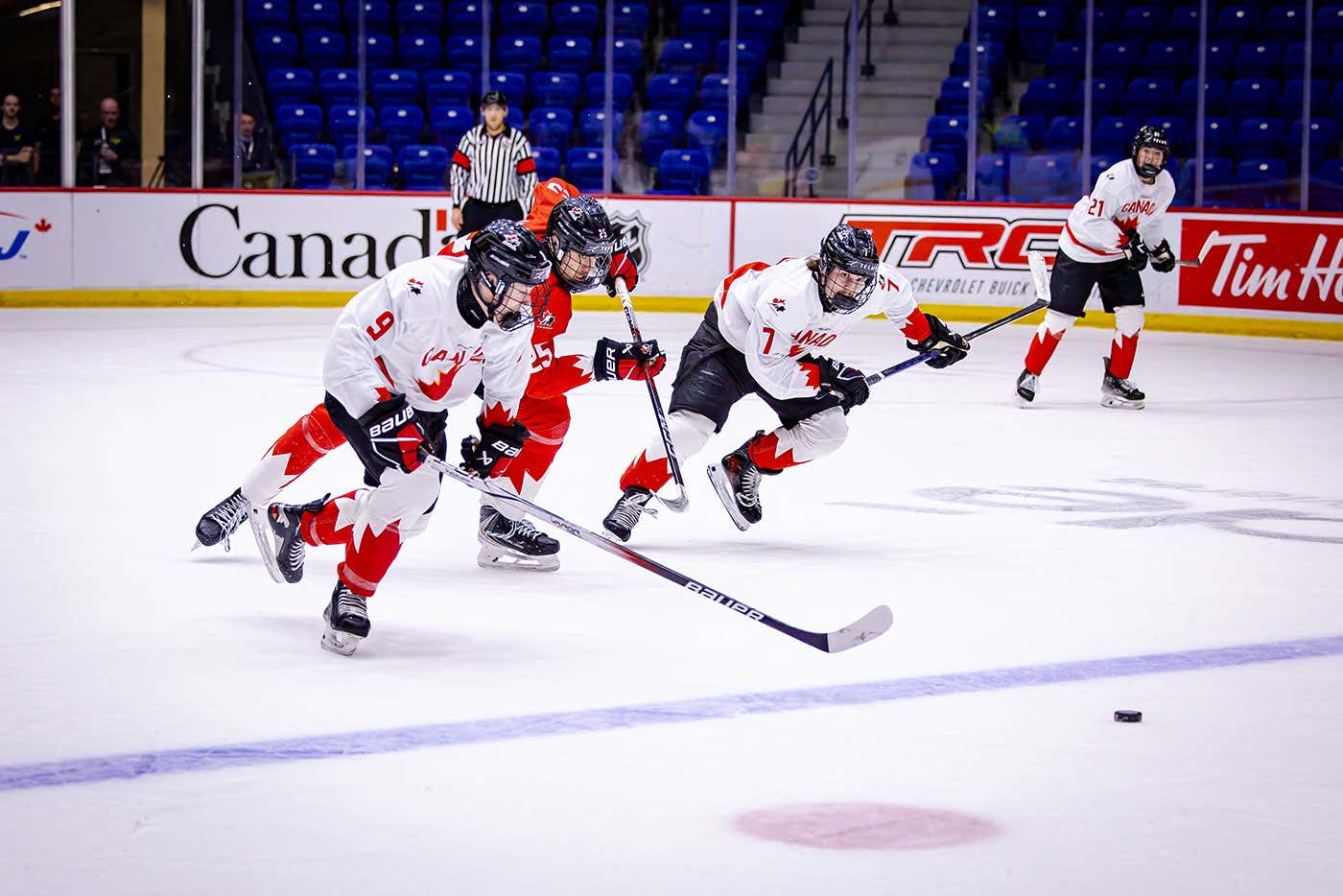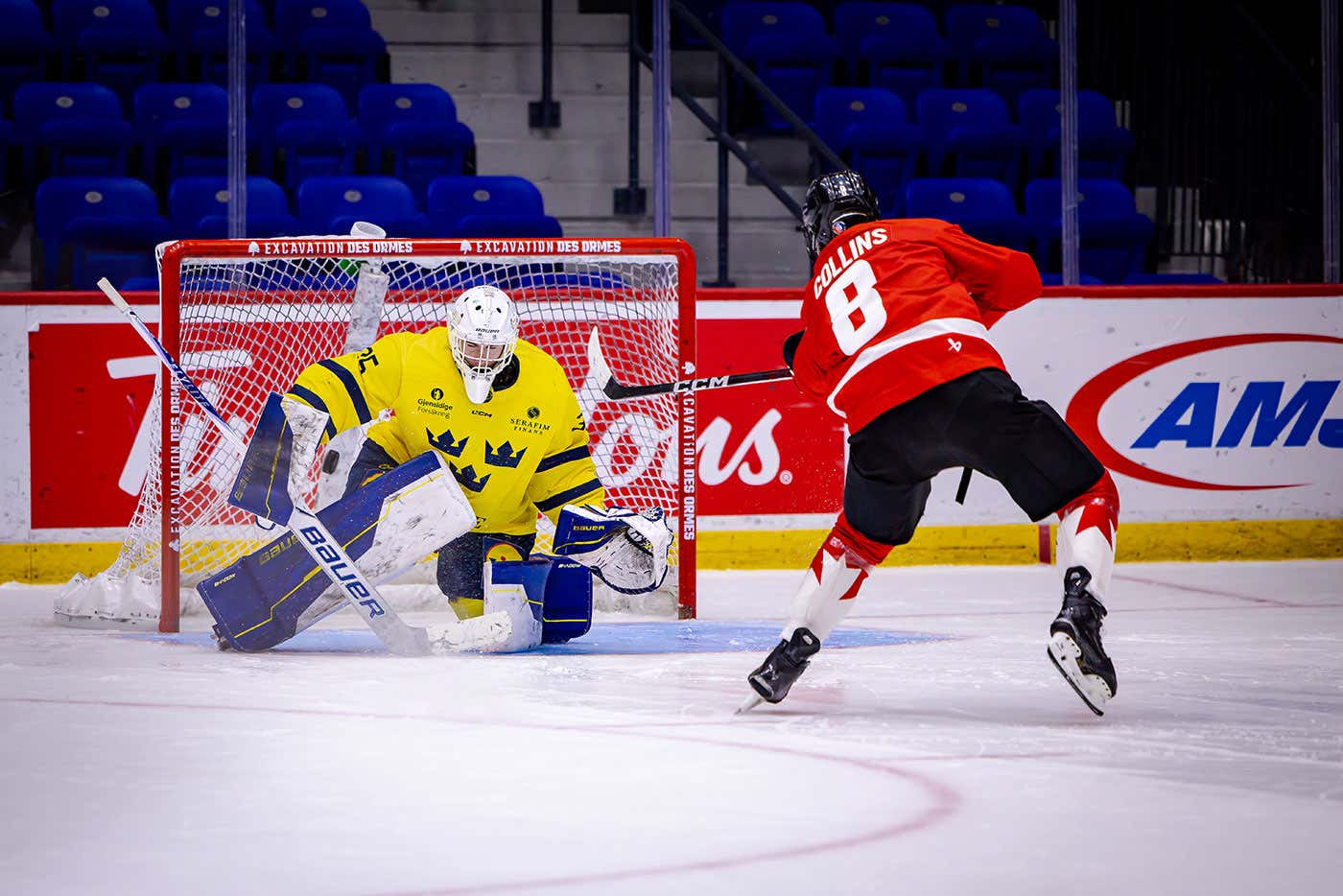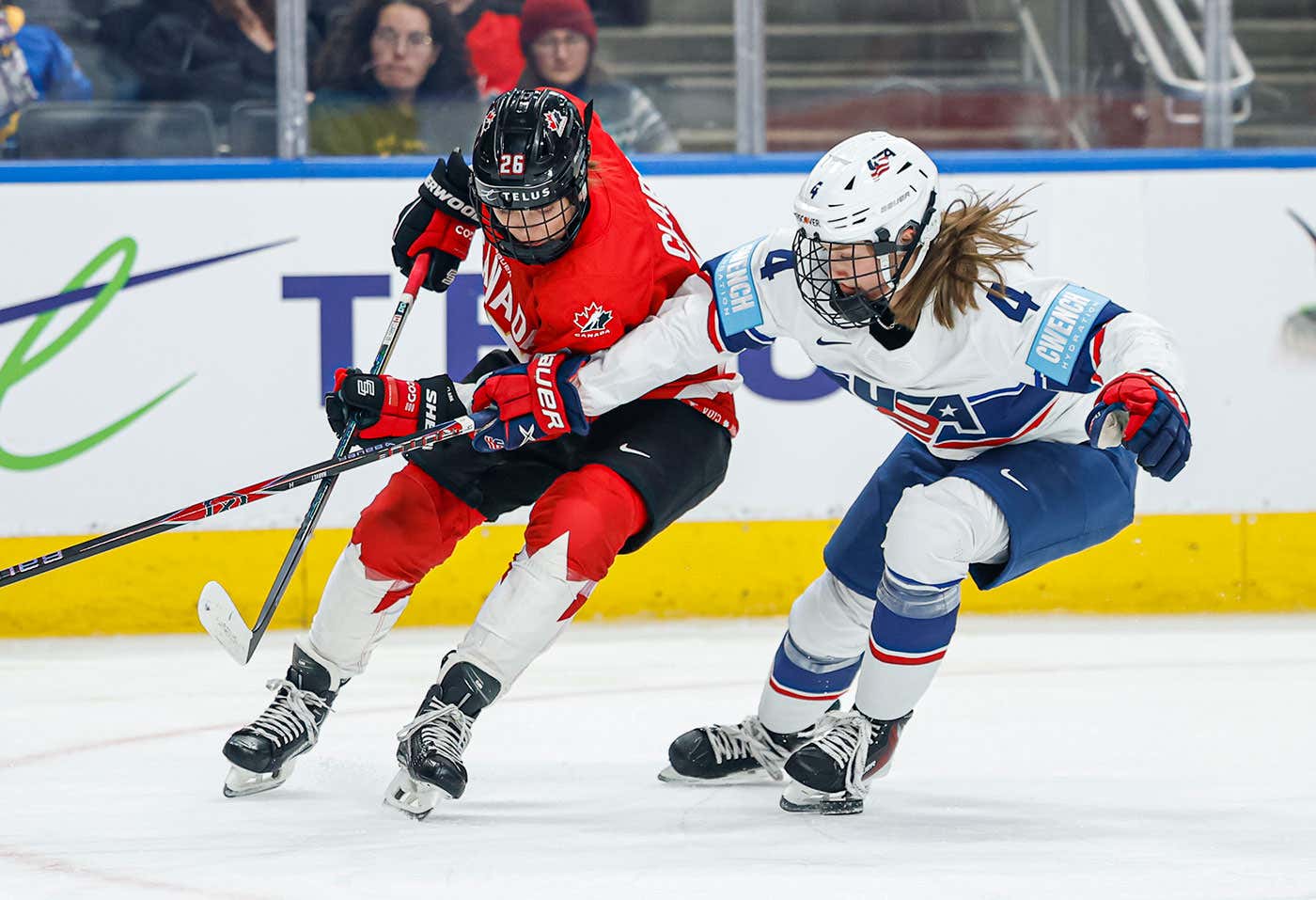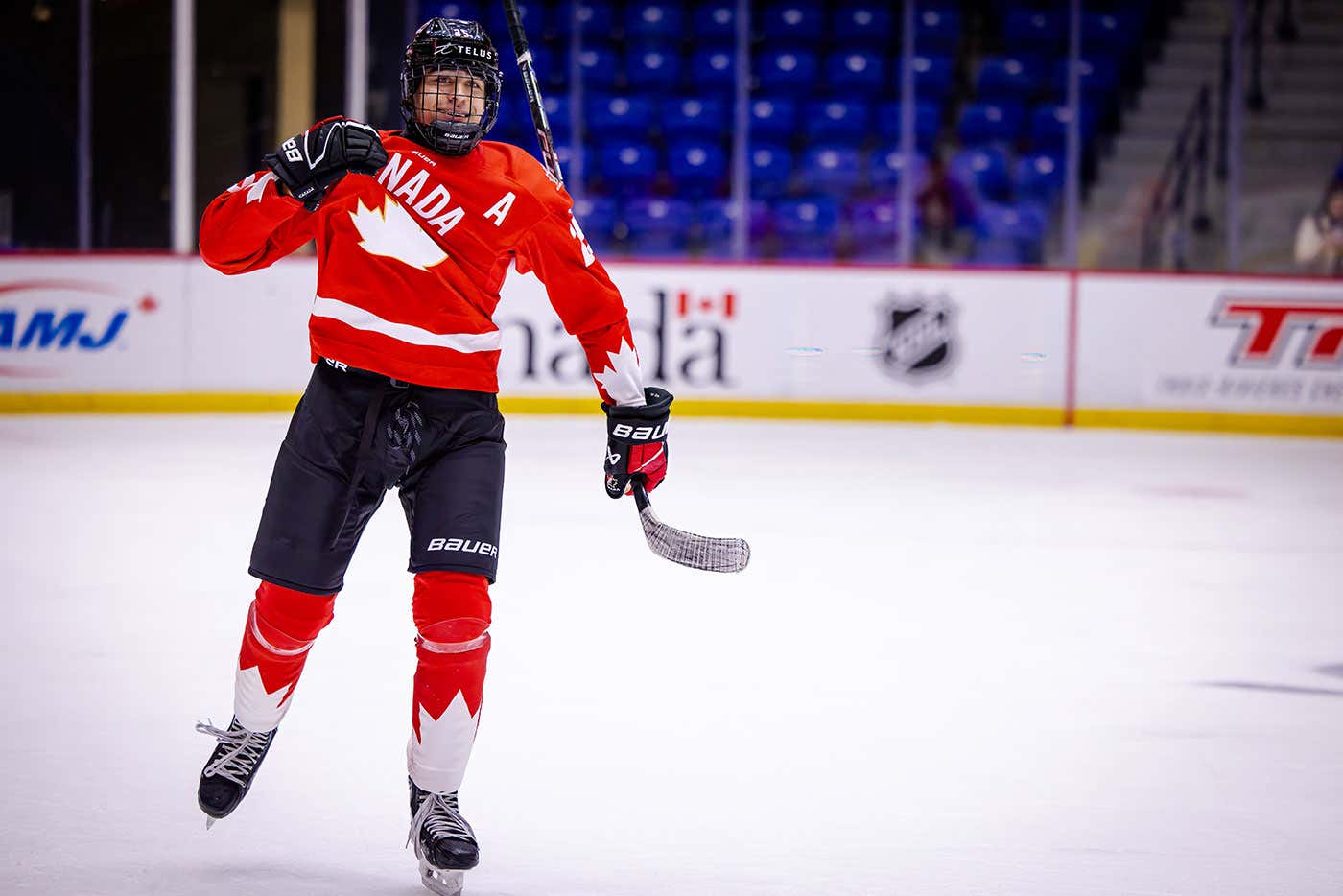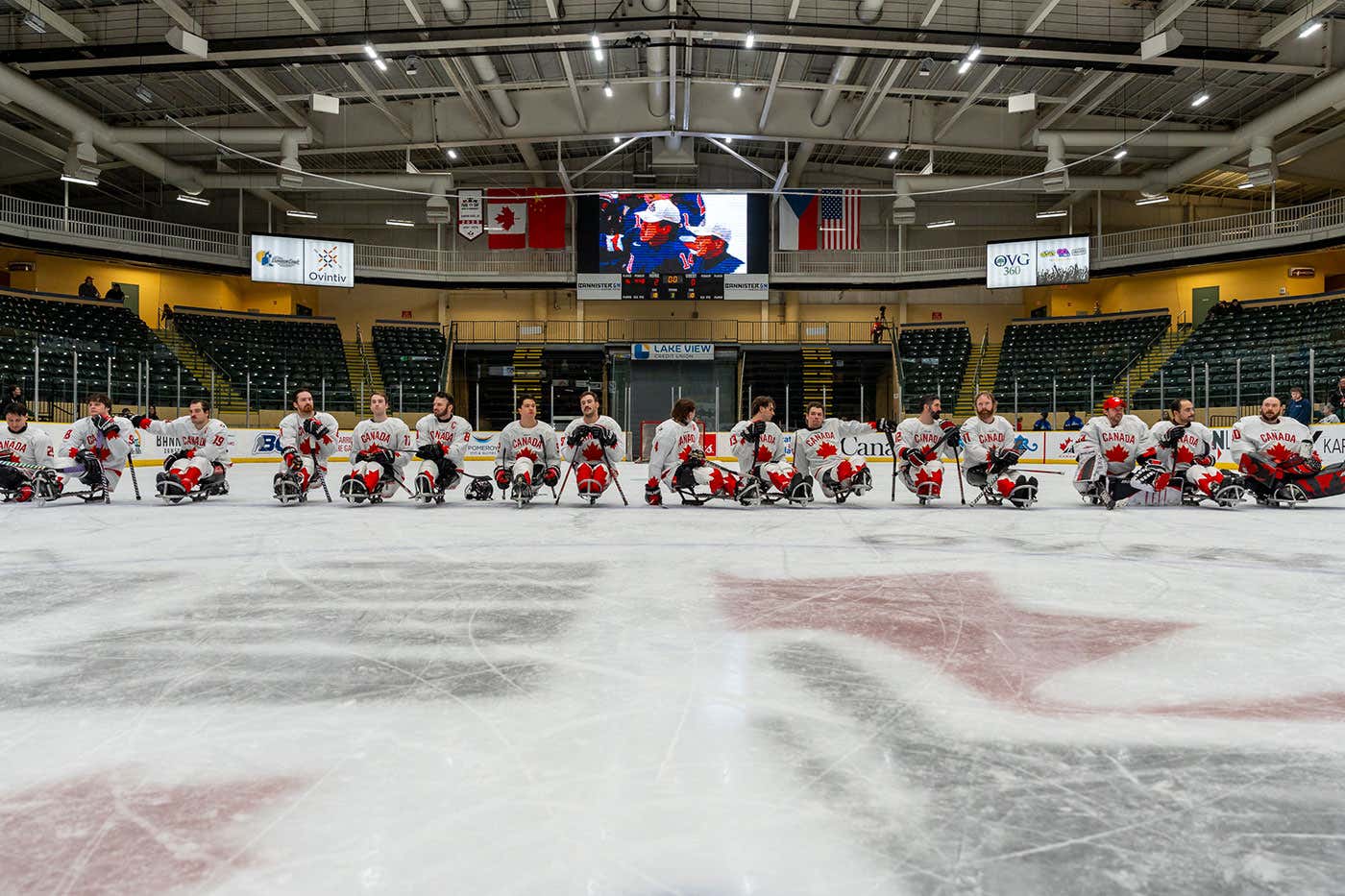
The Long, Long Road What Does It Take to Play at The World Under-17 Hockey Challenge?

What was Robert Kitamura’s secret to picking Team Ontario for the 2009 World Under-17 Hockey Challenge? Microsoft Excel.
As Ontario’s director of operations, Kitamura had the unenviable task of coordinating the search for the 22 players who would represent Canada’s largest province at the U17 tournament, and his jam-packed Excel spreadsheet played a big role.
Ontario's road to Port Alberni began last spring, just a few months after it claimed gold at the 2008 tournament in London, ON, when more than 300 players attended 12 regional camps held throughout the province.
From there, 84 players attended a summer camp before being whittled down to 40, who made the spreadsheet.
Starting on Labour Day, a handful of evaluators – whose judgment is invaluable in the overall process – tracked Ontario’s U17 hopefuls. They sent reports to Kitamura, who diligently entered the information on the all-important spreadsheet.
"We had tons and tons of paperwork," said Kitamura. "Once the season started, I had a spreadsheet that listed every game that was viewed by the scouts, what the evaluation was, notes on the game and notes on the player or players he was watching. And over the course of the fall, we were in constant communication as a staff as the roster came together."
The saying ‘the best players don't make the best team’ was a factor when it came to finalizing the roster.
"It's easy to get the top nine forwards and four defencemen," said Kitamura.
When it came to evaluating top-end talent, the difference on the depth chart between the fourth and sixth defenceman, or the third line centre and the fourth line centre for that matter, are subtle, and that's when the discussions became interesting.
"We talked about character – will the player accept limited ice time? What we know about the history of individual? What type of situation have they been put in before with their club team? What kind of minutes do they play? Is he a role player or a star player who can play a role?'' said Kitamura.
In the weeks prior to naming Ontario's roster, Kitamura and his staff hit the road. They keyed on a half-dozen players on the bubble and watched every one of their games in a two-week window. The scouting reports were sent to Kitamura, who entered the information on the spreadsheet. The evaluators and coaches then gathered as a group and set to work on naming a final roster.
Everyone knew their job. They knew the players and they knew what was at stake, from a provincial to a national and international perspective.
"While we were picking guys to represent Ontario, the nice thing is they get to wear the red maple leaf on their jersey (the distinct Hockey Canada jersey) and that is something we hold in high regard," said Kitamura. "We wanted to make sure we picked players that strive for excellence on the ice and excellence off the ice. It was not an easy process putting it together."
Everyone involved in the selection process – Kitamura, his evaluators, the coaches and the players – realize the World Under-17 Hockey Challenge is the entry point for the players into Hockey Canada's successful Program of Excellence. They know many of the Canadians who have starred at the IIHF World Junior Championship, the IIHF World Championship and the Olympics cut their international hockey teeth at the U17 event.
"Part of what drives us is in Canada is the Program of Excellence and it is without a doubt one of the best programs in the world, how we prepare our kids for the World Juniors and beyond," said Kitamura.
While each region in Canada is different in how they arrived at their roster, the mandate for all is the same: select the most skilled players for each position.
Team Pacific, for example, is different in that it combines two provinces, Alberta and British Columbia. The major difference, when compared to Ontario's model, is the process for player selection.
In B.C., officials divided the province into six districts, and the top 46 players in each district were brought to a February camp, where six teams competed in the U17 B.C. Cup. From that camp, 46 hopefuls were then invited to a summer camp where they worked on their skills and heard from NHL coaches about the dedication required to take their game to the next level and then keep it there.
In Alberta, officials split the province into two sectors and ran camp for players from Northern Alberta and another camp with players from Southern Alberta. From there, a total of 46 players were invited to a summer camp.
Before the start of the current hockey season, each province selected a short list (this year B.C.'s short list had 21 players, while Alberta’s included 26) of prospects, and evaluators watched the players on short list and compiled their reports. Mike Gerrits, the director of operations for Team Pacific, would host a weekly conference call, leading to the final selection process.
"There is a balancing act there because it is easy to pick the top six forwards and the top four defencemen but when we get down to the four, five and six defenceman and the last line of forwards, it gets interesting. And that is where the discussions come in about the players character – will they accept limited ice time, what we know about history of individual, what type of situation have they been put in before with club team, what kind of minutes do they play. That sixth or seventh defenceman might not have a huge impact on the ice but they can have an impact on the bench and in the dressing room and some of those components play into it."
From talking to the players throughout the process, Gerrits noticed that while they shared the same goal, how they arrived at that goal was different.
"Some of them know this is the first step to Canada's National Junior Team and that is a goal for them. For others, it is, ‘I want to play at the best level I can for my age,’ and what happens after might be secondary.
"But they all want to win."
For more information: |
- <
- >















